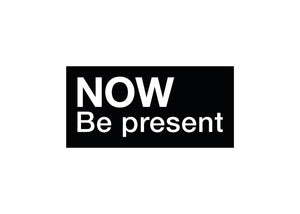What is slow living?
In the 21st century, humanity has advanced to a point where digital space is no longer confined to a small room. Instead, the world has transformed into a global village with a focus on connecting people, cultures, and visions. This shift has impacted technology and led to a new lifestyle known as "Fast Paced Living." However, in our quest for success, we can lose sight of the simple meaningful things in life that previous generations valued. As an old adage goes, "quality over quantity" (Slow Living) is a wise way to measure one's life.
Are you feeling stressed and overwhelmed by the fast-paced lifestyle we live in today? Slow living might just be the solution you need. In this blog, we'll explore the different aspects of slow living and why it's still as relevant now as it ever was. So, sit back, relax, and let's dive into the world of slow living together. Slow Living
Choosing to live slowly is a conscious decision to adopt a lifestyle that places value on quality rather than quantity, mindfulness rather than mindlessness, and balance rather than excess. It involves appreciating the present moment, being fully present in all activities, and finding joy in life's simple pleasures.
Living slowly does not mean abandoning all modern conveniences and living alone. It's about finding your own pace, prioritizing the things that truly matter, and creating a life that aligns with your values and aspirations.
Bursting Myths about Slow Living:

Slow living is often misunderstood as a lifestyle that promotes inactivity. However, it's all about intentionality and mindfulness. The idea is not to abandon technology, but rather to keep a balance between your life and your work. Moreover, it doesn't require significant financial resources to begin. It's crucial to clarify that embracing slow living doesn't necessitate relinquishing everything in pursuit of balance. In fact, it can help you develop patience, calmness, and courage.
History of Slow Living
Useful Tips on Adopting Slow Living Lifestyle
Start your day with a mindful moment, embracing meditation or deep breathing for a tranquil morning start to the day.
Simplify your schedule, prioritising essential tasks first and leaving room for spontaneity's surprises.
Embrace tech-free intervals during each day to detach from screens and reconnect with the genuine rhythms of life.
Keep a gratitude journal, capturing the simple joys that make each day unique.Find serenity in nature's embrace, whether it is a walk in the park, gardening or a forest adventure.
Resources that you can utilize for Slow Living
Read inspiring books
Join a local community project
Include yoga and meditation in your lifestyle
Show gratitude to people and nature
Key Takeaways
In a world that rushes past, slow living offers an oasis of peace and purpose. It's an invitation to savour life's exquisite moments, to find harmony amidst chaos, and to rediscover the joy in simplicity. Embrace the art of slow living and watch your life transform in profound and beautiful ways.






